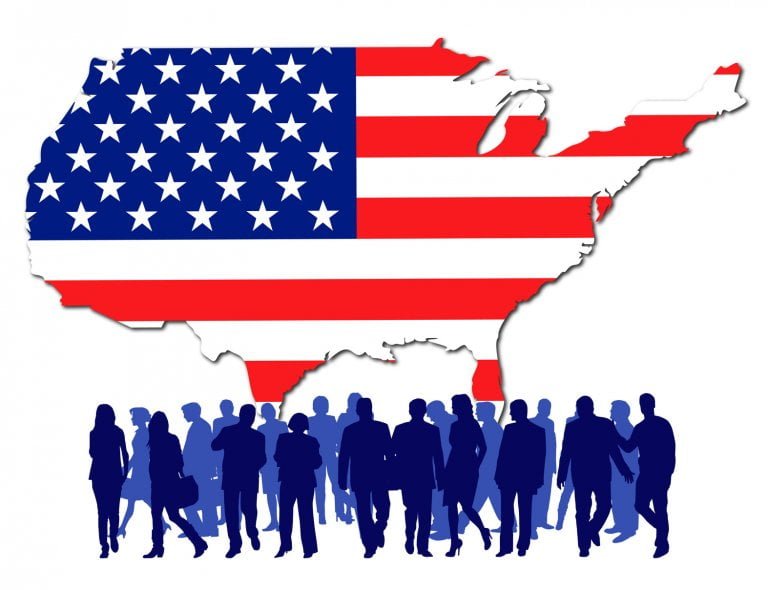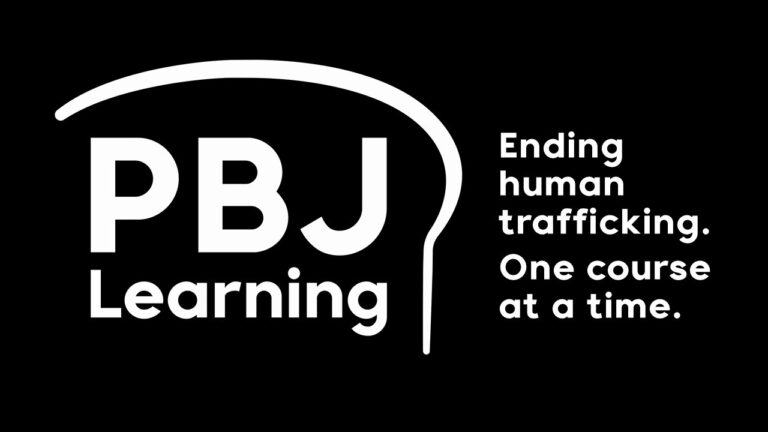American Law Enforcement Officer Human Trafficking Training Requirements “State by State”
This is a collection of the various state agencies which oversee police training, certification, and continuing education.
Get 15% off your Human Trafficking Essentials – Online Mastery Certificate Course when you subscribe to our newsletter. Dismiss
The state known as Utah began when Brigham Young led a group of Mormon pilgrims seeking freedom from religious persecution into the Great Salt Lake Valley, where they established a settlement in 1847. The state gets its name from the Ute, an Indian tribe who lived there before the pioneers arrived. The golden spike completing the first transcontinental railroad line was driven at Promontory, Utah, in 1869, leading to a further influx of settlers. Utah was admitted as the 45th state in 1896. The capital, Salt Lake City, is also the world headquarters for the Church of Jesus Christ of Latter-day Saints, and Mormons make up 70 percent of the population. The sego lily is the state flower of the “Beehive State.”
Human trafficking is a serious issue that affects people all around the world, including in Utah. It is a form of modern slavery in which individuals are exploited for labor, sexual exploitation, or other purposes.
According to data from the National Human Trafficking Hotline, Utah has consistently had relatively low numbers of human trafficking cases reported compared to other states in the United States. In 2020, the state ranked 48th in the country for the number of cases reported to the hotline, with a total of 7 cases.
Human trafficking can take many forms in Utah, including forced labor, domestic servitude, and sexual exploitation. It often affects vulnerable populations, such as immigrants, children, and people who are homeless or in poverty.
If you suspect that someone you know may be a victim of human trafficking, there are steps you can take to help. You can report the situation to the National Human Trafficking Hotline at 1-888-373-7888 or by text at 233733. You can also contact local law enforcement or a trusted organization that provides services to victims of human trafficking. It is important to remember that the safety of the victim should be the top priority and to handle the situation with care and sensitivity.

This is a collection of the various state agencies which oversee police training, certification, and continuing education.

Originally published on the Human Trafficking Institute’s website by Emma Bykerk | Feb 11, 2022 Introduction In 1998, President Bill Clinton stated that his administration was “committed to combatting trafficking in women and girls.”[i] Two years later, he signed into law the Trafficking Victims Protection Act (TVPA).[ii] Although the TVPA was a huge milestone in the anti-human-trafficking movement,[iii] its enactment was motivated by a singular focus…
| Cookie | Duration | Description |
|---|---|---|
| cookielawinfo-checkbox-analytics | 11 months | This cookie is set by GDPR Cookie Consent plugin. The cookie is used to store the user consent for the cookies in the category "Analytics". |
| cookielawinfo-checkbox-functional | 11 months | The cookie is set by GDPR cookie consent to record the user consent for the cookies in the category "Functional". |
| cookielawinfo-checkbox-necessary | 11 months | This cookie is set by GDPR Cookie Consent plugin. The cookies is used to store the user consent for the cookies in the category "Necessary". |
| cookielawinfo-checkbox-others | 11 months | This cookie is set by GDPR Cookie Consent plugin. The cookie is used to store the user consent for the cookies in the category "Other. |
| cookielawinfo-checkbox-performance | 11 months | This cookie is set by GDPR Cookie Consent plugin. The cookie is used to store the user consent for the cookies in the category "Performance". |
| viewed_cookie_policy | 11 months | The cookie is set by the GDPR Cookie Consent plugin and is used to store whether or not user has consented to the use of cookies. It does not store any personal data. |
Find the largest collection of curated articles and resources from around the globe.
We are interested in publishing your materials. Contact us.